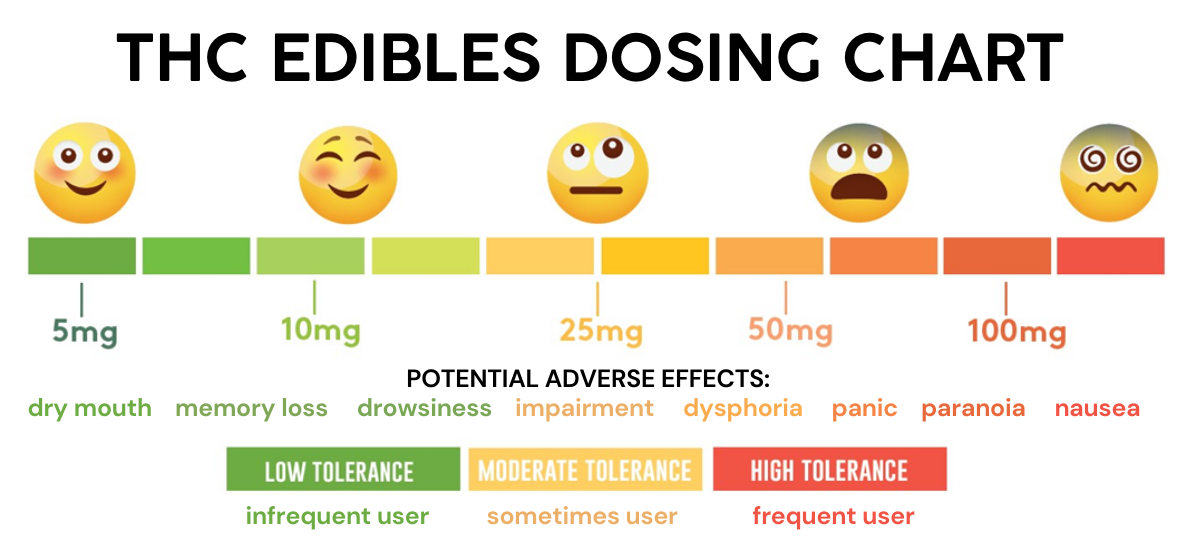Use of cannabis — including its high-THC variety, marijuana — has increased among U.S. college students over the last decade, coinciding with changes in national and state laws and policies.
The vast majority of Cornell students who choose to use substances of any kind use alcohol only (Cornell Alcohol and Social Life Survey, Fall 2022). However, those who use cannabis should be aware of campus policy, the effects and risks involved with use, as well as strategies for using safely.
Key facts about cannabis & marijuana
- "Cannabis" refers to all products (dried leaves, flowers, stems, and seeds) derived from the Cannabis sativa plant.
- "Marijuana" refers to strains of the cannabis plant that contain higher levels of the psychoactive compound THC.
- Tetrahydrocannabinol (THC) and cannabidiol (CBD) are two of more than 100 compounds (or cannabinoids) found in the cannabis plant:
- THC is the main psychoactive compound in cannabis that produces the euphoric, intoxicating, "high" effects.
- CBD is a non-intoxicating cannabinoid. Research is currently exploring the potential therapeutic benefits of CBD.
- Cannabis may be consumed by smoking, vaping, dabbing, eating "edibles," or using tinctures, sprays, or topical oils.
- Cannabis use may result in impaired judgement, impaired complex coordination, increased heart rate, anxiety, paranoia, mild hallucinations, and impaired cognition for up to 48 hours. (Learn more about the effects of cannabis use on mental health and academics.)
- About 1 in 10 people who use cannabis will become addicted or develop a cannabis use disorder. Long-term use can cause physical health problems.
If you use: Start low & go slow
THC concentrations in marijuana have increased significantly in recent years, making the effects of cannabis use more unpredictable.
While consuming too much THC won't be fatal, it can result in some very distressing symptoms, including confusion, paranoia, panic attacks, and mild hallucinations, as well as nausea and vomiting.
If you are planning to use cannabis, follow these tips to reduce the risks.
- Start low: Start with a small amount.
- If consuming edibles, start with no more than 2.5 mg of THC. This may mean ingesting just a fraction of the entire edible.
- If smoking or vaping, start with a single hit.
- Keep in mind that marijuana concentrates (oils, wax, dabs, resins, etc.) are more potent than marijuana in its plant form.
- Go slow: It takes time to feel the full effects, so wait before using more.
- If consuming edibles, it may take 30-90 minutes to feel its effect, which may last 2-4 hours. Wait at least two hours before you take any more.
- If smoking or vaping, you are likely to feel the effects within 10 minutes. Effects may last up to 60 minutes.
In particular, if you are consuming edibles, it's important to know the dosage. If you don't know the dosage, don't take it. Refer to 7 Things You Need to Know about Edible Cannabis, as well as the dosing chart below (credit: Brown University):

You may see others taking higher doses. They may have a higher tolerance or may be taking a larger risk; either way, listen to your own body and wait and see how you feel before taking more – especially if you're not a regular user.
Additionally, avoid mixing cannabis with other drugs, alcohol, or prescription medications. Doing so can increase the intoxicating and impairing effects of cannabis.
Don't use and drive
In addition to the tips above, remember that it's never safe to drive while high.
- Driving under the influence of cannabis is illegal (even if you have legally obtained the cannabis) and can result in a DUI.
- Driving under the influence of cannabis can result in slowed reaction times and impaired decision making.
- Research shows that the risk of a fatal car crash is significantly higher on 4/20 (when cannabis use increases), and significantly more pronounced for younger drivers.
Cannabis use and mental health
Cannabis use directly affects brain function, including memory, learning, attention, decision-making, coordination, emotion regulation, and reaction time.
Adult brains continue to develop and mature into a person's mid-to-late 20s, and the effects of cannabis use on the developing brain may pose additional risks.
Cannabis use has also been linked to increased risk of depression, social anxiety, and thoughts of suicide and suicide attempts. Additionally, frequent cannabis use (daily or near daily) and/or high-potency cannabis can cause feelings of disorientation, anxiety, and paranoia. There is also an association between cannabis use and schizophrenia, which is stronger among people who start using at an early age and/or use cannabis frequently.
If you’re experiencing any of these challenges, consider scheduling an AOD Support Session with our AOD Services Coordinator.
Cannabis use and academic performance
Research has shown that college students who use cannabis tend to skip classes more often, which contributes to lower grades and even delayed graduation.
Students who use cannabis frequently and/or use high-potency cannabis also report feeling a loss of motivation, trouble concentrating, and impaired memory.
If you are experiencing academic challenges due to cannabis use, consider taking a break from use to help improve your cognitive performance. Check out the Cannabis Tolerance Break Guide from the University of Vermont.
Cannabis use disorder
Contrary to common beliefs that cannabis is not addictive, research shows that about 1 in 10 people who use cannabis will become addicted or develop a cannabis use disorder, meaning they are unable to stop using cannabis even though they are experiencing problems associated with their use.
Signs that someone may be developing a cannabis use disorder include using more often than intended, trying unsuccessfully to quit, experiencing cravings, continuing to use despite social or relationship problems, problems with friends or family members, and experiencing withdrawal symptoms when stopping use.
If you’re experiencing any of these signs, consider scheduling an AOD Support Session with our AOD Services Coordinator.
Other health effects
In addition to the effects cannabis use has on the brain, mental health, and ability to drive safely (see above), frequent and prolonged cannabis use can cause lung damage as well as lead to increased risk of stroke, heart disease, and other vascular diseases.
Additionally, some long-term users experience cannabinoid hyperemesis syndrome (CHS), causing cycles of severe nausea, abdominal pain, and vomiting.
If you're interested in cutting back ...
If you're looking for support in reducing your cannabis use:
- Schedule an AOD Support Session with our AOD Services Coordinator.
- Use the Urge Tracking Log to understand the patterns that influence your use.
- Plan a new routine with the Habit Change Worksheet.
- Consider a tolerance break (or "T-Break") to increase cannabis tolerance and decrease symptoms of dependency. The University of Vermont has an excellent Cannabis Tolerance Break Guide that we recommend to students.
Intervene if someone needs help
- Know the signs of an alcohol or other drug emergency. If someone is having trouble breathing, swallowing, or is showing signs of an overdose, call 911 for help immediately (or Cornell's Public Safety Communications Center at 607-255-1111) and stay with the person until help arrives.
- Know About Good Sam! Under the Good Samaritan Protocol and the New York State Good Samaritan Law, those who call for help, and those who receive help, in an alcohol- or drug-related emergency, are protected from judicial and legal consequences.


